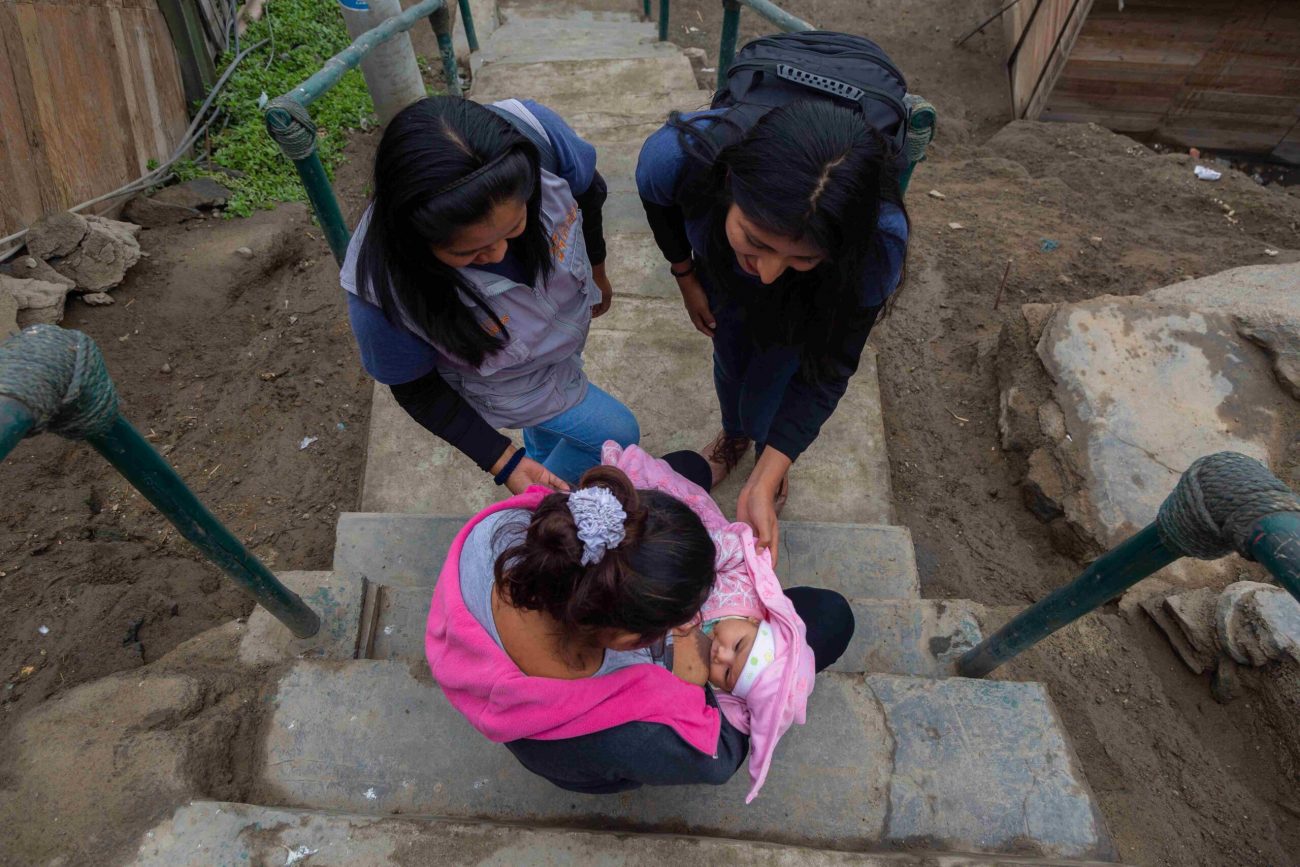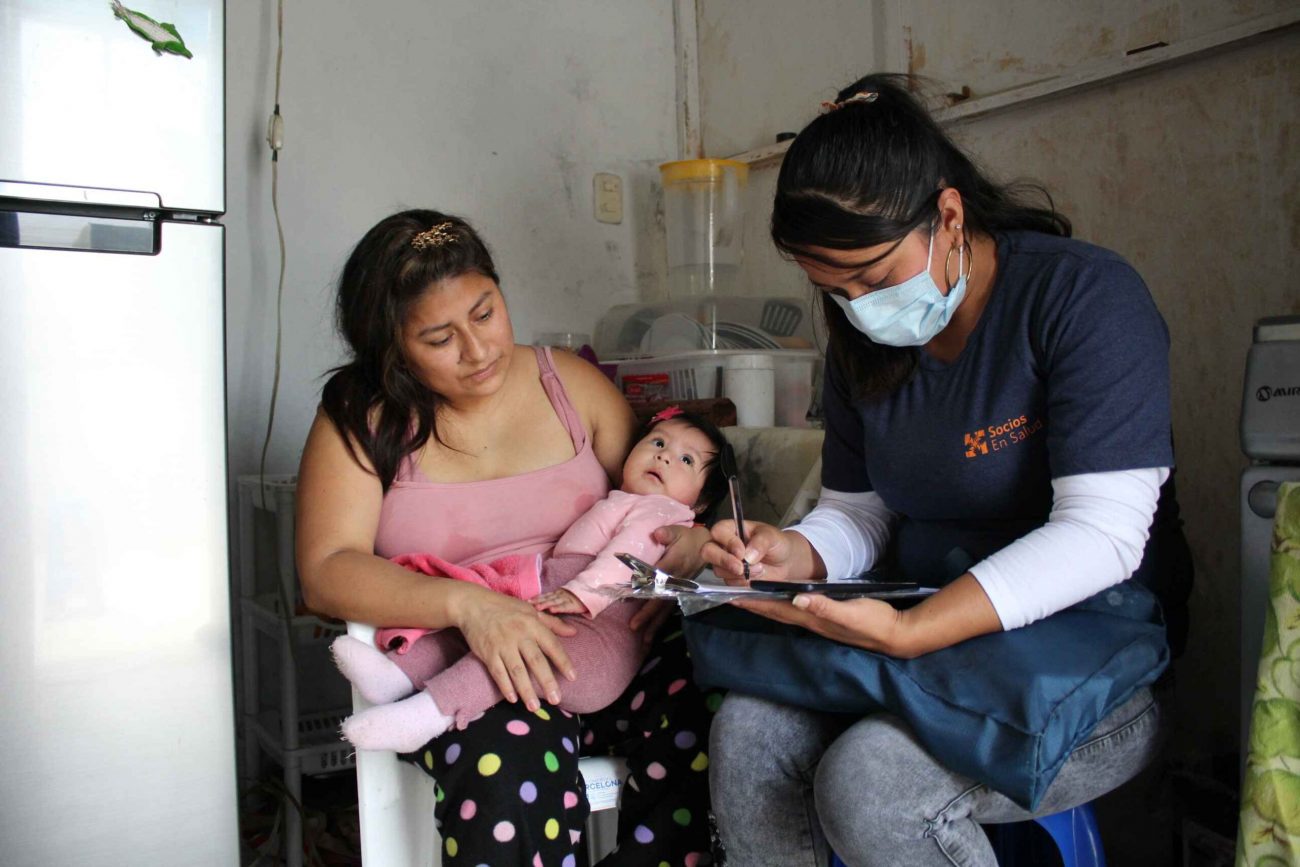August 1-7 marks World Breastfeeding Week, a significant event aimed at informing, educating and raising awareness of the benefits of breastfeeding. This initiative plays a crucial role in improving the health and well-being of babies.
However, there is still a lack of knowledge and myths surrounding this topic. The World Health Organization (WHO), the American Academy of Pediatrics and other health organizations agree in recommending exclusive breastfeeding for a baby’s first six months, followed by the introduction of complementary foods and continued breastfeeding until at least two years of age.
However, each situation is unique and the decision about infant feeding should be made in conjunction with a healthcare professional.
Why is breastfeeding beneficial?
It is essential that mothers-to-be or those who have recently given birth understand the importance of exclusive breastfeeding for their babies during the first six months of life, because of the countless benefits it provides to both baby and mother.
- Optimal nutrition: Breast milk contains all the necessary and essential nutrients in the right proportions for the baby’s growth and development.
- Protection against illness: Breast milk contains antibodies and other immune components that help protect the baby against a variety of illnesses, including respiratory infections, gastrointestinal infections and allergies.
- Benefits for the mother:It helps the mother recover more quickly from childbirth by stimulating uterine contraction and reducing postpartum bleeding.
- Lower risk of childhood obesity: Longer duration of breastfeeding is associated with a 13% reduction in the likelihood of developing childhood obesity and a 35% reduction in the incidence of type 2 diabetes, according to the Pan American Health Organization (PAHO).
- Economic benefit: Unlike milk formulas, breastfeeding represents a considerable money saving for the household economy.

Breastfeeding also plays an important role in the cognitive and emotional development of the baby. The benefits of this practice transcend simple nutrition and have a significant impact on a child’s brain and emotional development.
Contributes to cognitive development:
- Key brain nutrients:Provides essential nutrients, such as omega-3 fatty acids and choline, which are essential for brain development and the formation of neural connections.
- Brain growth factors: Breast milk contains growth factors that stimulate brain development and plasticity.
- Sensory stimulation:During breastfeeding, the close contact involving skin-to-skin contact and constant sensory stimulation promote the development of the nervous system and the baby’s perception of its environment.
Contributions to cognitive development:
- Mother-child bonding: Physical closeness and affectionate contact promote an intimate and secure emotional bond between mother and baby.
- Hormones released: During breastfeeding, both mother and baby release hormones that promote attachment and mutual love. For example, oxytocin.
- Emotional regulation: It can help calm and comfort the baby in times of distress or discomfort, because it provides a source of comfort and security.
- Confidence and self-esteem: As the baby feels loved, protected and cared for during breastfeeding it can positively influence their emotional development, contributing to greater confidence and self-esteem as they grow.

An effective strategy to reduce anemia in children
Exclusive breastfeeding plays a key role in preventing and combating childhood anemia. Anemia is a condition in which the blood has insufficient numbers of healthy red blood cells to adequately transport oxygen to the body’s tissues, which can have a negative impact on a child’s growth and development if not treated in time. According to recent figures from the Demographic and Family Health Survey (ENDES) 2022, 4 out of every 10 children under 35 months suffer from anemia in Peru.
Socios En Salud, through its Maternal, Infant and Adolescent Health Program (SAMIA), contemplates nutritional counseling strategies within its actions to care for the health of the mother-child binomial in the country’s most vulnerable communities, placing special emphasis on issues such as anemia, weight gain, breastfeeding and complementary feeding. In the last year, 117 children (83 %) beneficiaries of our program received exclusive breastfeeding during their first 6 months of life.
In that sense, exclusive breastfeeding is a key strategy to combat childhood anemia due to several reasons:
- Essential nutrients: Breast milk contains an optimal amount of iron, a key mineral for the body’s growth and development, especially for the production of hemoglobin.
- Facilitates iron absorption:One of the most important components of breast milk proteins is lactoferrin, which promotes iron absorption in the baby.
- Lower risk of infections: Help reduce the risk of infections, such as gastrointestinal infections, which could lead to blood loss and ultimately contribute to anemia.
- Lower risk of contamination:Reduce the risk of contamination with harmful microorganisms, which could cause intestinal infections and decrease nutrient absorption, including iron.
- Stimulates healthy development: Breast milk contains a unique blend of nutrients and growth factors that support a baby’s optimal development, including his hematopoietic system, which is responsible for the production of blood cells, such as red blood cells.
Myths surrounding breastfeeding
Although breastfeeding has scientific backing and is supported by health organizations worldwide, the persistence of myths and erroneous beliefs affects how this form of feeding is perceived and practiced.
This creates uncertainties and insecurities in mothers, which hinders the natural and beneficial process of breastfeeding. According to ENDES 2022, exclusive breastfeeding in children under six months increased from 64 % to 65.9 % between the years 2021 and 2022, however, this figure can still be higher if we demolish some myths along the way.
- “I can’t eat fish because I’ve been c-sectioned.” Quite the contrary, fish is the food that contains the most omega-3s and DHA, ideal for baby development and breast milk production.
- “Breastfeeding hurts.” With proper technique and support, breastfeeding should not be painful.
- “Mothers with small breasts don’t produce enough milk.” Breast size is not related to milk production capacity. Most women can produce the amount of milk needed to meet their baby’s needs.
- Mother’s anger or fear can “cut off the milk”. The mother’s emotions do not affect the quality of breast milk, but they do affect the ejection of milk, so it is recommended that during breastfeeding the mother be as comfortable as possible.
- Colostrum should be thrown away because it is “unhygienic and dirty.” Colostrum (the first milk produced when breastfeeding begins) despite its yellowish appearance, is rich in nutrients and is considered the baby’s ‘first vaccine’ because of its nutrients.
